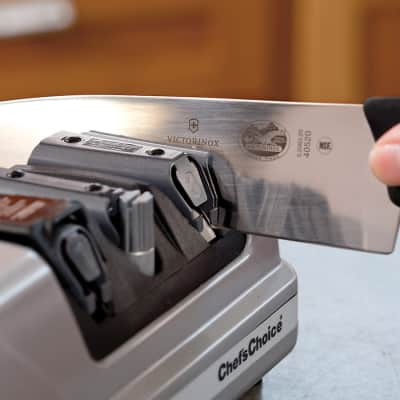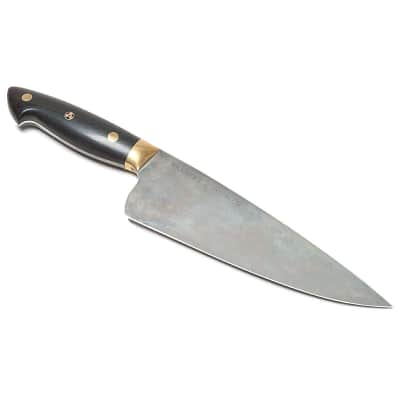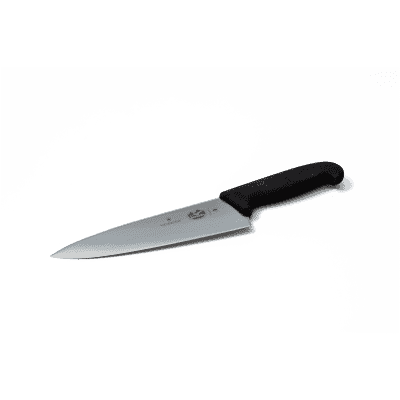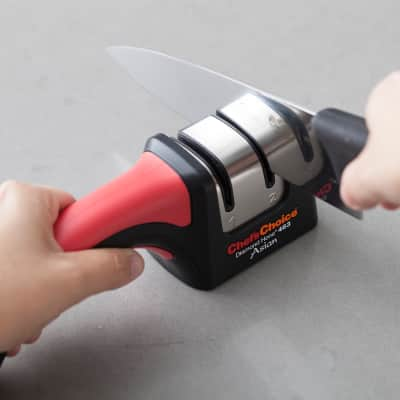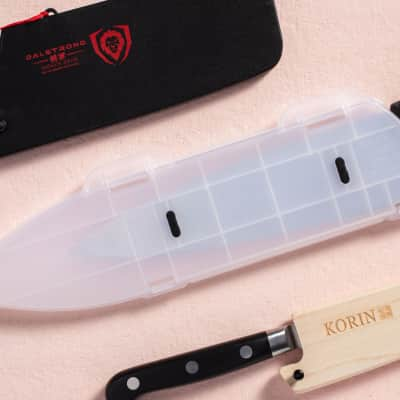Unpack a knife from the factory and the edge should be razor sharp. However, with use the edge will dull. The force of repeated cutting bends microscopic pieces of the blade to either side, making it harder to push the blade through the food, which in turn makes it feel dull to the user. A so-called sharpening steel—also called a honing rod—which is the metal rod sold with most knife sets, doesn’t really sharpen a knife, but rather hones the edge of a slightly dulled blade. Sweeping the blade along the steel realigns the edge so you don't have to sharpen as frequently.
How to Use a Honing Rod
Published May 16, 2016.

How a Honing Rod Works
A honing rod, also sometimes called a "sharpening steel"—a bit of a misnomer since the steel "corrects" or "trues" the edge but does not really sharpen it—can help return the blade to its original condition by smoothing the edge.
Have You Heard?
Despite what many cooks believe, proper honing requires very little pressure. Listen to the steel as you work. A harsh rasping noise indicates that too much pressure is being applied. A quiet ring is a sign that a proper featherlike stroke is being used. Also, do not bang the knife against the finger guard since this can damage the edge. Perhaps most important is the angle between the blade and steel—15 degrees is perfect.
A knife that feels dull may need only a few light strokes on a steel to correct its edge and regain its sharpness. In fact, when cutting gristly meat, bony chicken, or other tough foodstuffs, occasional swipes on the steel may be called for. Wipe the knife clean before using it again.
How to Tell if Your Knife is Sharp

How to Use a Honing Rod
Although honing can be accomplished in any number of positions, the method described below makes it particularly easy to maintain the proper angle and is also quite safe since the blade is not moving toward either your hands or body. Throughout this motion, make sure to maintain a 15‑degree angle between the blade and the steel.




